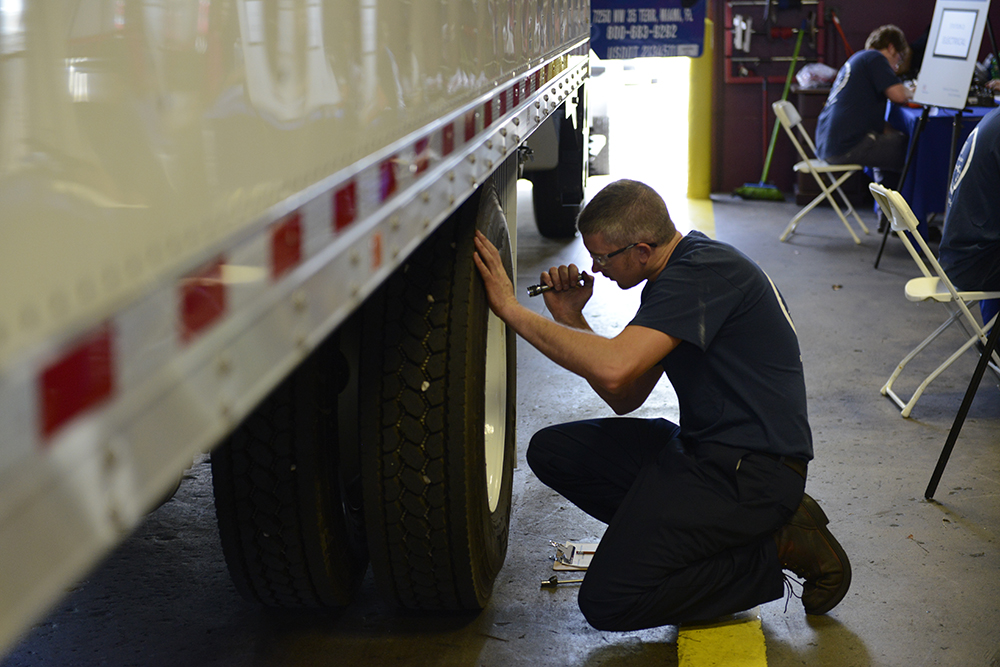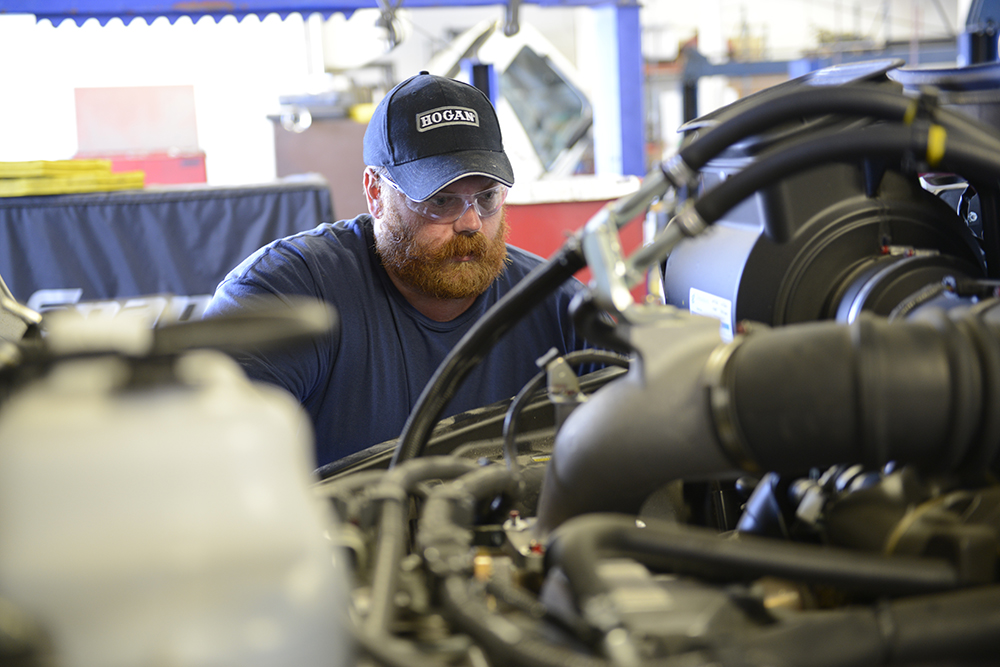Tracking trends, or trend analysis, is how businesses often try to comprehend the current state of what is happening in their industry and how that translates to outlooks for the future. Businesses use knowledge of these trends for forecasting, budgeting, hiring, technology acquisition, and more.
BUT…sometimes trends suddenly shift due to unforeseen circumstances. Nothing proves that more than the last two years of a global pandemic that has pushed some trends to the forefront and rendered others to the back burner. This is definitely true for private fleets, whose job it is to ensure product gets to its destination in a timely, safe, and cost-effective manner.
When we think of trends, we usually consider them forward-thinking and consider how to position our businesses to capitalize on these trends. The recent trends I see in the industry are hopefully transitory. The reality is a number of the trends I list below could fade quickly if only one thing were to occur – the resurgence of a healthy supply chain. As the strict lockdowns in China and the war in Ukraine illustrate, the ability to predict when a healthy supply chain will re-emerge is virtually a guessing game.
In light of that, I see specific trends in our industry totally tied to supply chain issues:
- Longer replacement cycles – Every day, it seems as though another OEM is talking about another delay in production of new trucks. The chip shortage continues to prevent manufacturers from completing production. Allocations that fleets thought were theirs in the near future continue getting pushed out to later dates (if they exist at all). An article in Trucks.com this past September noted that “Class 8 truck production is running 100,000 units short of demand.” This means relying on the existing assets for longer periods than normal, further necessitating the need to extend the normal productive lifecycle of each vehicle in your fleet.
But what if your business is growing (lucky you) and you need more assets? This may be the right time to investigate working with a leasing organization to help you get the vehicles you need. Leasing companies face many of the same supply chain issues you do, but often have the ability to leverage greater buying power to get to the head of the line when new trucks become available.
- Greater dependency on maintenance – Older trucks need more work, plain and simple. So, in addition to the normal PM conducted on assets, fleets should rely on inspecting and maintaining more often than in the past and keeping accurate and timely data on the condition and repair history of each vehicle. This is where technology can really help by identifying which vehicles may need truly proactive maintenance and take the necessary steps before a problem occurs, not after. Every time an asset is worked on, the information from that maintenance procedure needs to be entered into a database, tracked, and analyzed. This will help your fleet maintenance department know which vehicles need extra TLC. Older trucks are also less effective when it comes to fuel consumption, so any steps maintenance can take to mitigate a worsening situation should be taken, especially with the increasing cost of diesel.
- Managing inventory in a post-COVID world – Before the pandemic wreaked havoc on the global economy, fleets, along with manufacturers and retailers, were committed to a JIT (just-in-time) inventory position. No fleet wanted to find itself overloaded with components and parts that just sat on the shelf. This inventory philosophy has been turned on its head with the supply chain snafus. Almost everything is in short supply, both high tech products like chips to the most elemental products like lubricants and tires. Inventory managers have to adapt to become more proactive and creative, looking for parts anywhere they can get them while still ensuring they buy quality product.
Fleet managers also need to have a realistic approach to inventory; they need to look at data that tells them which vehicles are most likely to need which parts in a given period of time and order accordingly. At this point, better to be a bit overstocked than understocked. This is another situation where dealing with a third party can prove essential. At NationaLease, we are able to provide members with parts and component programs that not only save money, but also give them access to parts they might not be able to procure on their own.
- Recruiting and retaining drivers – If there’s one trend that always seems to be ongoing, it’s this one. The National Private Truck Council’s 2021 Benchmarking report found that the average driver is 50 years old. That’s a statistic that’s been ongoing for nearly a decade. Turnover for private fleets is at 15.8 percent, considerably lower than for-hire carriers. Still the prediction is that, by 2024, a shortfall of drivers is expected to reach 175,000. Fleets have always competed with each other for drivers and that competition is becoming fiercer, which is good for the driver. From better pay to sign-on bonuses to more time at home through route redesign, private fleets are doing whatever they can to attract and keep qualified, experienced drivers. We still have difficulty attracting younger people to the career; however, new cool truck technology may be a way forward.
- The future is electric – There’s no question that electric vehicles are on the horizon. Every car manufacturer is touting their latest models, as with traditional truck OEMs and a host of new entrants to the truck market. However, we all know the drawbacks at this point with trucks, most notably the lack of charging infrastructure, recharging time, and limited mileage range. Over-the-road vehicles may have a long way to go (literally) before they go electric. Until you have batteries that can facilitate long distances without a charge, this technology will apply more readily to local routes. And that’s fine, when you consider the rising fuel costs and the reality that there are less parts in an electric vehicle, meaning less need for a wide range of inventory. In addition, this may be the technology that attracts younger drivers.
Other than electric vehicles and the perpetual driver shortage, it is my fervent hope that the other trends I listed above will be history a year or two from now and we can talk, instead, about the exciting trends our fleets will experience going forward. We simply have to wait and see.
See how NationaLease may be able to help with shortages and maintenance issues.




